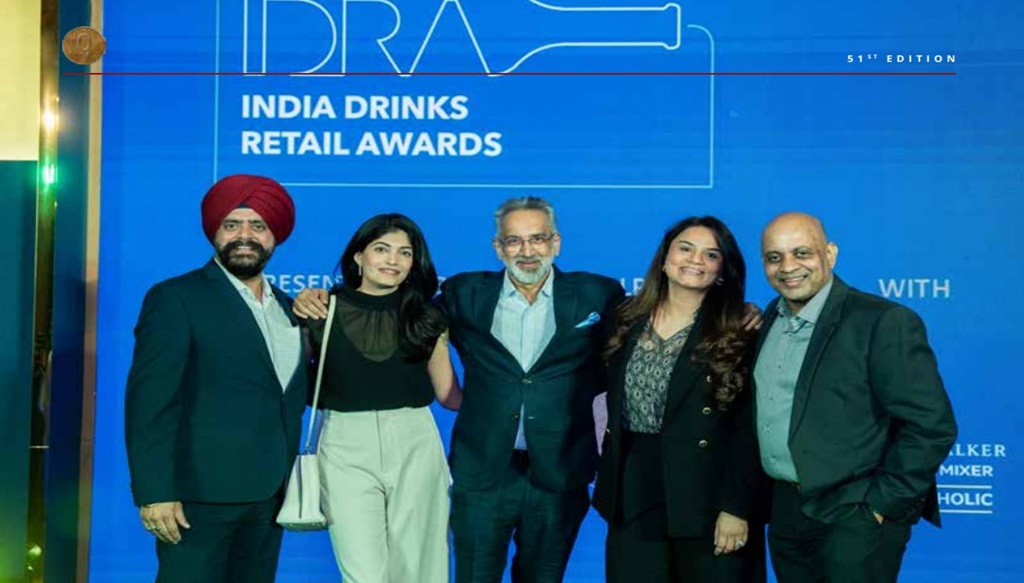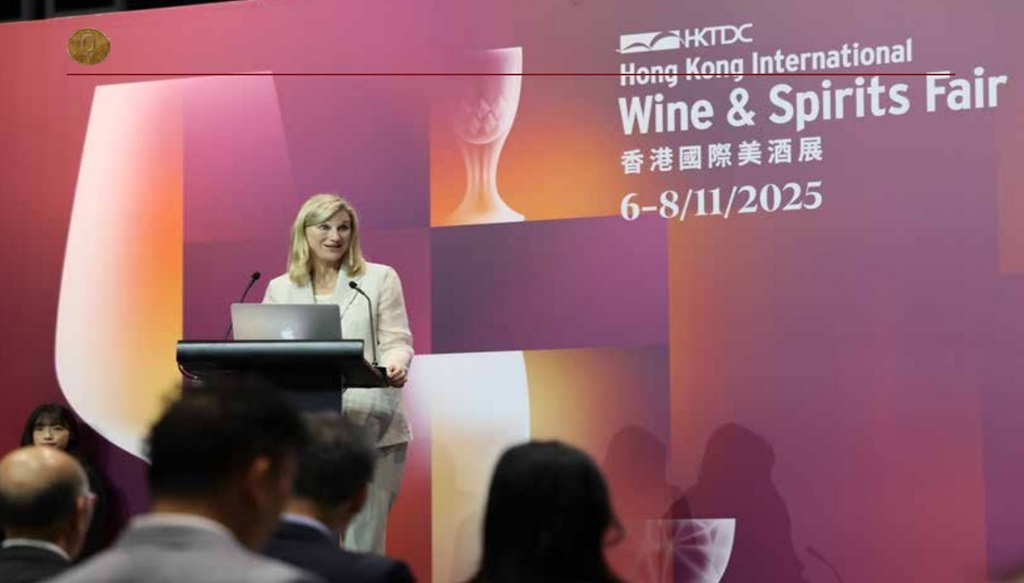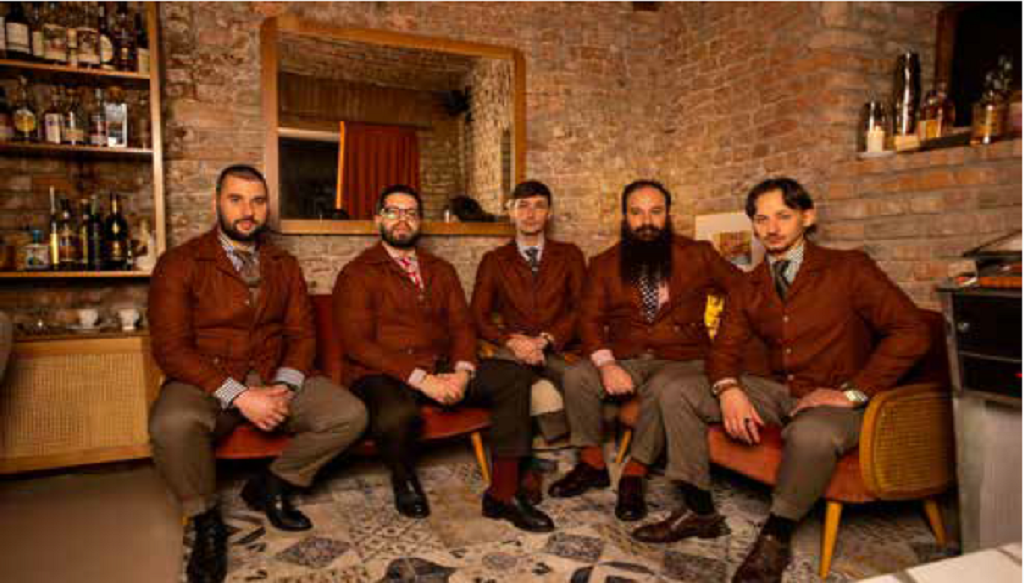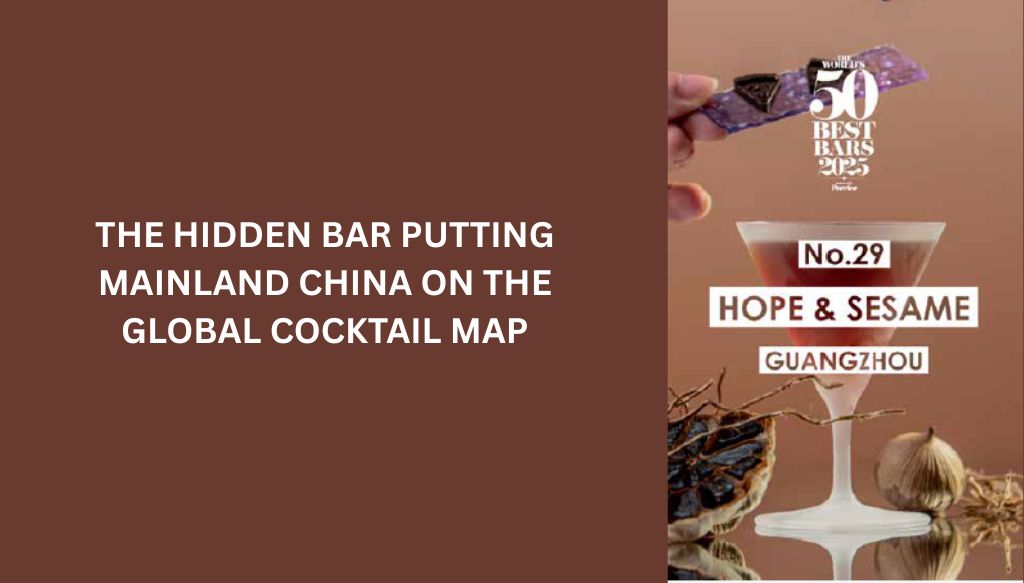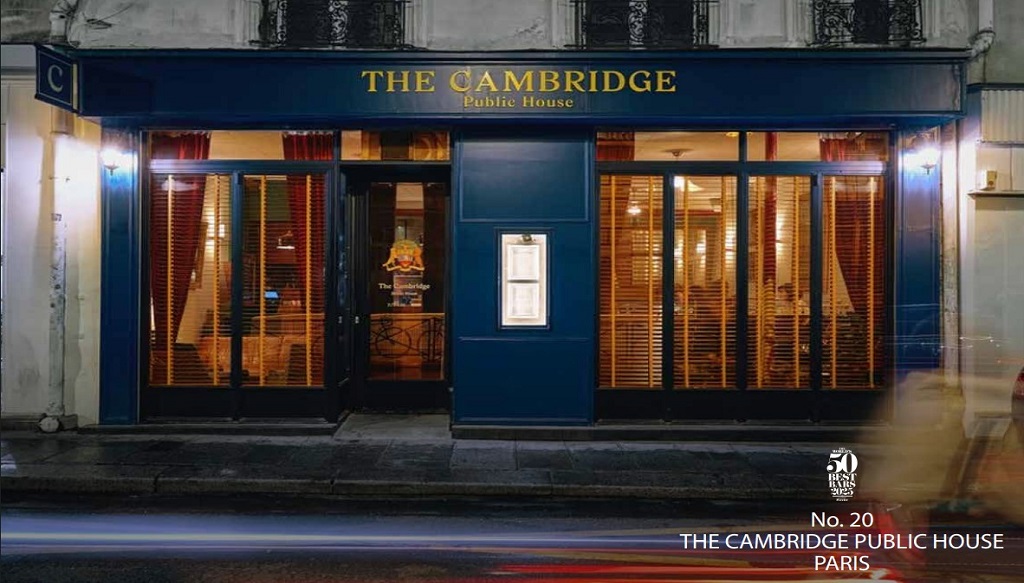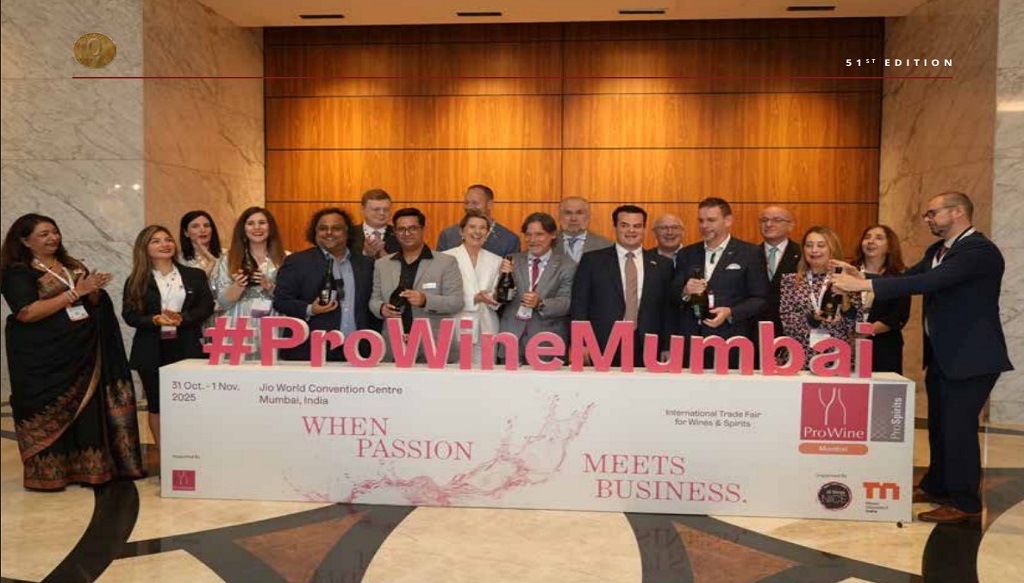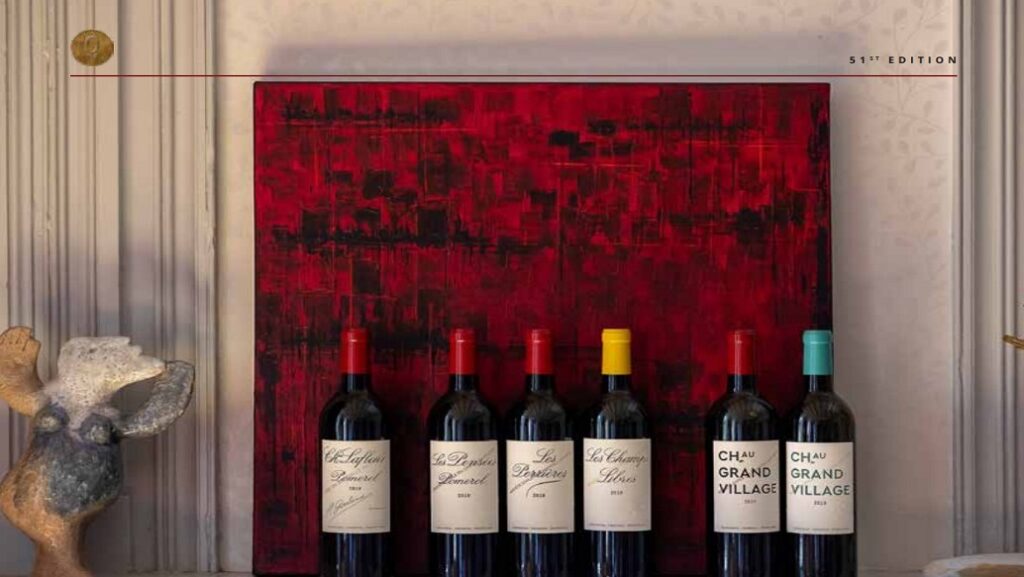CHEF GUNJAN GOELA – THE LEGACY OF BANIA CUISINE CURATED BY CHEF RICHA WRITTEN BY NIVEDITA
CHEF GUNJAN GOELA THE LEGACY OF BANIA CUISINE Curated by Chef Richa Written by Nivedita With 23 years of experience, Chef Richa is shaping modern cuisine through her inventive use of overlooked ingredients, reimagined recipes, and revived forgotten flavours. For her, cooking is a form of storytelling where memory and culture inform every dish she creates. She is also on an intriguing mission to bring sub-regional and community cuisines, especially those lovingly prepared by Women who are either professional chefs or home cooks, into the spotlight and onto mainstream restaurant menus. She regards dining as a ritual that connects people to history, tradition, and the magic of food, ensuring that her culinary vision continually shapes the dining experience. Across India, countless regional cuisines thrive quietly in homes and communities, vibrant traditions that rarely find their moment under the national spotlight. As chefs, we spend years mastering global techniques, but it’s the flavours rooted in the soils and seasonings of our own country that possess a magic too rarely celebrated. I believe that our understanding of good food is incomplete without knowledge of legacy cuisines where stories and flavours are passed down more by memory than by recipe, because true dining is not just about taste, but about memory, culture, and the mindful rituals that bind us. Chef Gunjan Goela, a renowned culinary expert, has collaborated with premier institutions such as ITC Hotels and represented Indian vegetarian cuisine at global culinary events, earning recognition for her commitment to sustainable food and cultural preservation. She is a published author of ‘The Legacy of Bania Cuisine’, her acclaimed book chronicling Delhi’s Bania food traditions. It is celebrated as a mentor to young chefs and an advocate for Ayurveda-inspired balance, indigenous grains, and mindful eating. I interviewed Chef Goela to get a behind-the-scenes perspective on what inspired her devotion to Bania cuisine. Q: When you first chose to step into a professional kitchen, it wasn’t just unconventional for a woman but also almost unheard of. What was that spark, that defining moment, when you realised, “This is my calling”? A: When I first stepped into a professional kitchen, it wasn’t just a new job — it felt like entering a completely different universe. The pace was intense, the heat was literal and metaphorical, and nearly every station was dominated by men. Back then, it was almost unheard of for a woman to pursue this path professionally. I remember feeling a mixture of excitement, fear, and curiosity, all swirling together like the aromas around me. But there was something inside me, a spark I couldn’t ignore. I loved how a simple ingredient could transform into something extraordinary, how a carefully prepared dish could bring people joy, comfort, and even memories. I vividly recall the first time I plated a dish with intention and care, and and someone’s eyes lit up with delight at the first bite. In that moment, it wasn’t just cooking — it was expression, connection, and creation all at once. That was the defining instant when I realized, “This is my calling.” The kitchen wasn’t just a workplace; it became my canvas, my sanctuary, and the place where my creativity, patience, and heart could all find purpose. Over time, every challenge, the long hours, the high pressure, the skepticism became part of the journey that strengthened my love for this craft. It’s funny how, looking back, the very things that seemed intimidating at first the heat, the chaos, the competition are now what I cherish most. They taught me resilience, focus, and courage. And that first spark, the one that told me I belonged here, has never dimmed. Q: You have worked your way through kitchens that were once almost entirely male domains. Was there a moment when you felt you had truly broken that barrier, when your apron felt like both armour and achievement?A: The journey through male-dominated kitchens was never easy, especially back when I started, female professionals in professional kitchens were unheard of. There was constant pressure to prove myself, not just as a capable chef, but as a woman in a space where authority was questioned. My turning point came during one hectic service when I focused completely on each plate, each garnish. In that moment, I realised respect was being earned not from novelty or sympathy, but from skill, discipline, and consistency. My apron became my armour, a symbol of resilience and pride. Over time, those challenges shaped me into a chef who believes true leadership lies in mentorship and helping others rise, because a kitchen thrives only when everyone grows together.Q: Every author has that one moment when an idea transforms into a calling. For you, when did “Baniya Legacy of Old Delhi” become that, and what memories or challenges shaped its journey from a family kitchen to a published book? A: The seed for “Baniya Legacy of Old Delhi” was planted in my earliest memories, where I remember sitting on a low stool in my grandmother’s kitchen, watching her hands move deftly between grinding spices, kneading dough, and stirring simmering curries. She didn’t just cook, she wove history, culture, and care into every dish. A simple breakfast of ‘torai pulao’(bottlegourd and rice) stayed with me for the care and love behind it. Each bite held memories, lessons, even some gentle scoldings, showing me how food connects people across time and preserves tradition and identity.I realised much later that if I didn’t document these recipes and the stories behind them, they might vanish with time. Each dish held emotion, philosophy, and a sense of identity, a legacy of Baniya kitchens where food was not just sustenance but storytelling. The journey, though fulfilling, was far from easy. Researching oral traditions meant relying on fading memories and unrecorded techniques. There were moments of doubt, wondering if today’s world, obsessed with fusion and novelty, would understand the quiet depth of such heritage cuisine. Yet every time I rolled a poori, stirred a dal, or ground masala by hand,

